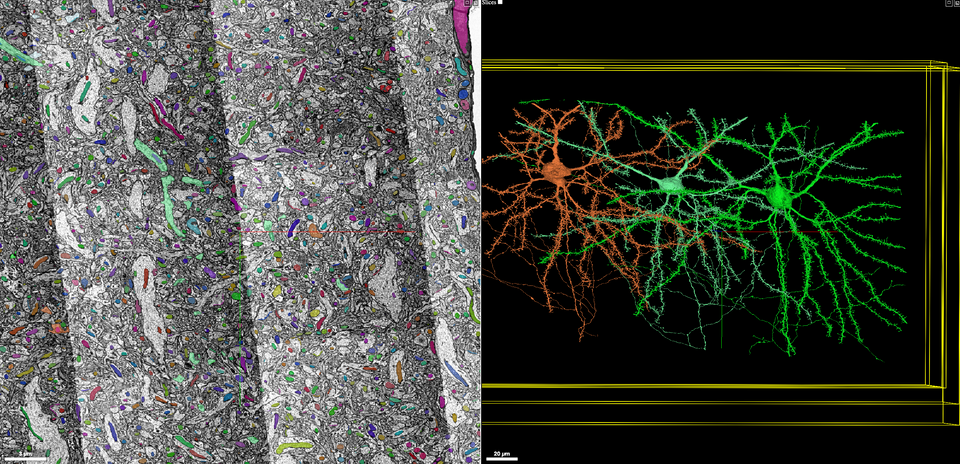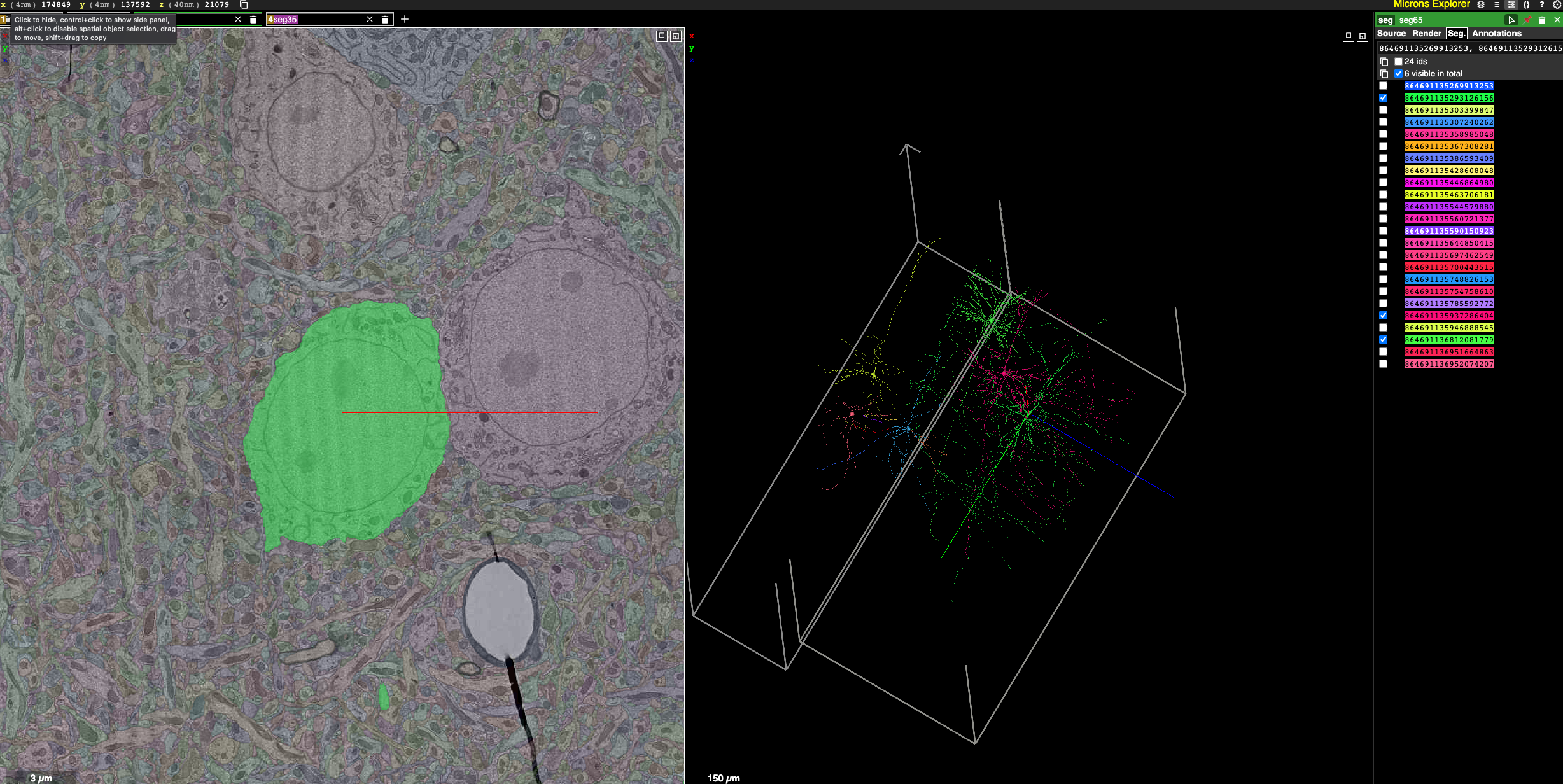A Roadmap Towards Precision Neuroimaging

Hey Neurons,
I've taken some time to reflect on the content and direction of this newsletter, and I've realized that alongside general study advice for computational neuroscience and AI that I share with you regularly, there's an opportunity to delve deeper into the field of computational neuroscience. Therefore, I'm introducing a new segment where I will present some of the most significant recent papers, resources, and developments in computational neuroscience and AI. I hope this addition will enhance your understanding and appreciation of the field and give you a good roadmap to keep on studying computational neuroscience. Let me know on Twitter if you are curious about any topic and I will be sure to add it in future editions of this newsletter!
👩💻 Something to program
This week, I've been immersed in an exciting new tool. As someone who is always looking to bridge the gap between theoretical concepts and hands-on experience, I found the MICrONS Explorer toolbox a treasure trove. It allowed me to explore the intricate connections between pyramidal cells and visualize the functional connectome containing 200,000 cells, 75,000 neurons with physiology, and 523 million synapses.
I encourage you to dive into this toolbox and explore the synapses for yourself. The hands-on practice often clarifies complex models and concepts. Here's a unique opportunity to learn about the brain in an engaging and vivid manner.

👀 A Video Worth Your Time
At OHBM this year, I was fortunate enough to listen to a compelling talk from Dr Emma Robinson. Her presentation - OHBM2023 keynote - A Roadmap Towards Precision Cortical Imaging - offers an in-depth exploration of mapping cortical structures and functions in the human brain.
Here are some pivotal points that stood out:
The main problem that is explained in the video is the difficulty in Comparing Human Brains: Understanding the differences between individual human brains mapped with neuroimaging is a complicated task, known as an ill-posed problem. There are numerous ways to map a voxel in one person's brain to a reference space and then compare it to another's.
Three new techniques are discussed in the talk that could help us with this:
- Transformation Invariant Frameworks: Dr Robinson introduces the cutting-edge application of Multimodal Surface Matching (MSM). This method tackles the complex issue of residual dissociation in cortical function and structure, creating more accurate comparisons across individuals.
- Innovations with Deep Learning and Convolutional Neural Networks (CNNs): This segment explores the utilization of deep learning and CNNs for intricate tasks like cortical segmentation and image registration. The creation of Surface Convolutional Neural Network architecture is one of the innovations heralded to enhance parcellations and manage complex imaging functions.
- Revolutionary Image Understanding with Vision Transformers: Moving a step ahead of traditional CNNs, Dr Robinson discusses Vision Transformers, which approach cortical imaging data through sequence learning. Known as a multi-scale surface Vision Transformer, this technique outpaces existing methods, delivering more precise representations and predictions, such as predicting gestational age at birth.
📚 A Must-Read Paper
📚 Paper - A framework For brain atlases: Lessons from seizure dynamics
This paper presents a comprehensive and thoughtful examination of brain atlases, which are foundational to neuroscience. Here are the key points to consider:
- Diversity and Complexity of Brain Atlases: The paper explores the multifaceted nature of brain atlases, including varying features like scale, shape, and coverage. This complexity presents a challenge in terms of consistency and reproducibility, leading to what's known as the Atlas Concordance Problem.
- Framework for Brain Atlas Selection: The authors don't merely identify problems; they provide solutions. They propose a well-structured framework and algorithm to guide the selection of an appropriate brain atlas. This approach strives to optimize the validity of an atlas and offers a significant advancement for empirical neuroscience research.
- Impact of Atlas Choice on Research Power: This section underlines how the choice of a brain atlas can profoundly affect the ability to test hypotheses about the brain's structure-function relationships. By demonstrating how atlas selection can change network topology and other critical aspects, the authors reveal the pivotal role that atlas choice plays in understanding brain function, disease, and behaviour.

I hope you will learn something from these resources and I will update you in the coming weeks with more NeuroSnips.
Keep exploring, and may your neurons never cease to fire! 🧠